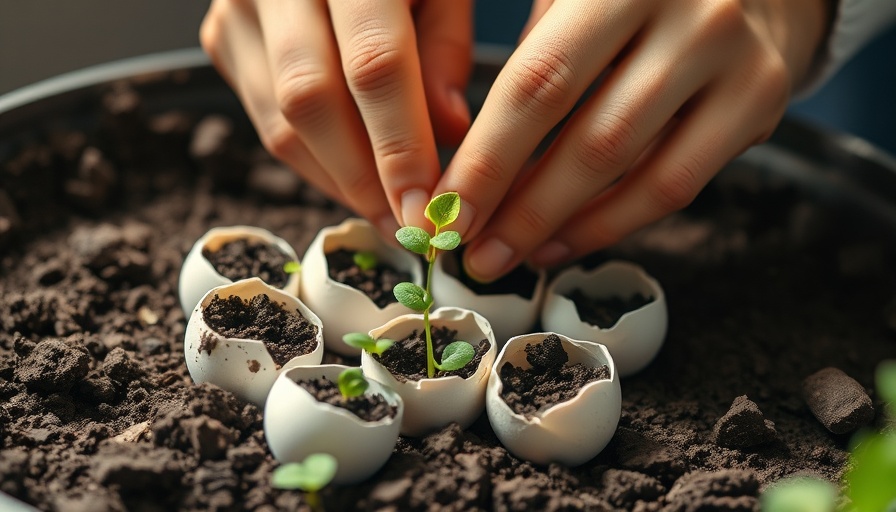
Understanding the Power of Seed-Soaking
In the world of gardening, the path from seed to harvest is fraught with challenges. From the lurking threats of weeds and frost to the unpredictable behavior of wildlife, seeds must navigate a perilous journey. However, one time-tested method that can significantly enhance their chances of survival and growth is seed-soaking. Renowned horticulture professor Dr. Alan Taylor from Cornell University emphasizes that this simple tactic can dramatically accelerate germination and improve plant resilience.
Advantages of Soaking Seeds
Soaking seeds serves multiple purposes; the most critical of which is to hydrate the seed, initiating metabolic processes necessary for germination. This technique not only reduces the time seeds need to sprout but also nurtures stronger seedlings. As Dr. Taylor points out, "Faster germination and seedling emergence give your vegetable crop a good head start and competitive edge over weeds," ensuring that plants can establish themselves firmly in their garden environments.
Which Seeds Benefit the Most?
While many vegetable seeds can benefit from soaking, certain varieties respond particularly well. Large-seeded vegetables such as sweet corn and squash typically require this treatment to breach their thick seed coats. On the other hand, smaller seeds, like carrots and parsley, can also be soaked but may require a more delicate approach due to their size. It’s important to note that some seeds, such as garden beans, are sensitive to over-soaking and should be approached with caution.
The Art of Soaking: A Step-by-Step Guide
The most common method for seed-soaking is the paper towel technique. This method allows seeds to absorb moisture slowly while still receiving adequate oxygen. To soak seeds efficiently, follow these steps:
- Lay a damp paper towel flat on a plate.
- Spread the seeds evenly over one half of the towel.
- Fold the towel over the seeds and keep it moist but not drenched.
- Place the covered seeds in a temperate location for overnight soaking.
While Dr. Taylor advises an overnight soak, he notes that soaking for up to 24 hours is acceptable if you forget to check on them.
Timing is Everything: How Long to Soak Seeds
Protection against over-soaking is key. Seeds should ideally be soaked overnight, and exceeding 24 hours can turn seeds from potential seedlings into soggy, rotting masses. Monitoring soak duration can make the difference between a thriving garden and a failed one.
Other Considerations in Seed Preparation
Beyond soaking, there are additional preparation steps gardeners can take to ensure optimal seed health. These may include proper seed storage temperatures and avoiding damp conditions that could lead to diseases. By understanding seed needs better, gardeners can create robust growing environments.
The Connection Between Seed Preparation and Sustainable Gardening
In an age where sustainability is at the forefront of agricultural innovation, the practice of seed-soaking aligns well with these values. By enhancing seed viability and promoting healthier plants, gardeners contribute not just to their local ecosystems but also to broader initiatives of sustainable food production. As more people turn to home gardening, understanding these techniques becomes increasingly relevant.
Concluding Thoughts on Seed-Saving and Gardening Practices
As you embark on or continue your gardening journey this season, consider the invaluable role that seed-soaking plays in enhancing seed germination. It’s a small but significant step that can lead to a more fruitful harvest. Adopting such practices not only improves yields but also supports the very foundation of a sustainable food system.
 Add Row
Add Row  Add
Add 




Write A Comment